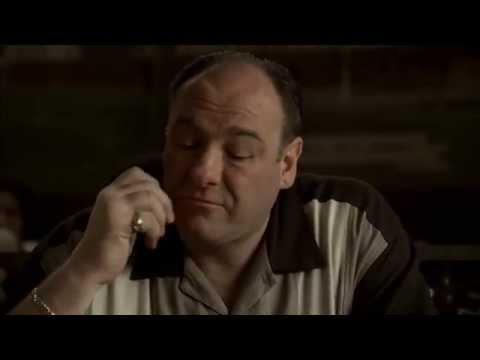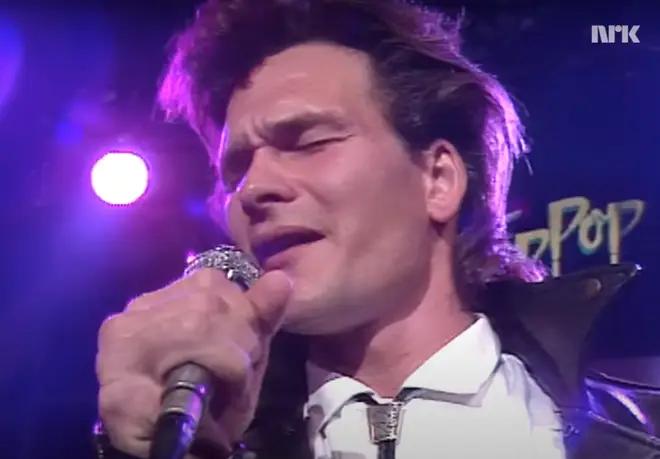Few songs resonate through generations like Journey’s “Don’t Stop Believin’.” This iconic power ballad, released in 1981, has become a cultural touchstone, its message of hope and resilience echoing in stadiums, movies, and karaoke bars worldwide. But what is it about this song that continues to captivate listeners nearly four decades later?
The Genesis of an Anthem
“Don’t Stop Believin'” wasn’t an overnight sensation; it was the culmination of a band’s evolution and a testament to the power of collaboration. Journey, known for its progressive rock roots, had recently welcomed Steve Perry as lead vocalist, ushering in a more melodic, pop-infused sound. The addition of keyboardist Jonathan Cain, who replaced Gregg Rolie, proved pivotal in shaping the song’s sonic landscape.
Cain brought with him not just musical talent but a potent dose of inspiration. The song’s title and chorus were born from his own experiences as a struggling musician in Los Angeles. His father’s unwavering encouragement, “Don’t stop believing, or you’re done, dude,” became a mantra that resonated deeply.
The band, holed up in an Oakland warehouse, worked tirelessly to bring Cain’s vision to life. Neal Schon’s memorable bass line, Perry’s evocative lyrics, and Steve Smith’s driving drumbeat all coalesced to create the song’s signature sound. The addition of Schon’s layered arpeggios, likened to a “train” pushing forward, added a sense of momentum and urgency.
More Than Just a Song: A Story of Dreams and Escape
“Don’t Stop Believin'” is more than just a collection of catchy chords and powerful vocals; it’s a narrative of yearning and the pursuit of dreams. The lyrics paint a vivid picture of two individuals, a “small-town girl” and a “city boy,” both seeking escape and a chance at something more.
The song’s geographical ambiguity, particularly the reference to “south Detroit,” adds to its mystique. While no such area exists in Detroit, the phrase held a lyrical resonance that resonated with Perry and Cain. It symbolized a place both familiar and unknown, a destination imbued with the promise of new beginnings.
The song’s universal themes of hope, resilience, and the pursuit of dreams have resonated with listeners across generations. It’s a reminder that no matter where we come from or what challenges we face, the power to shape our own destinies lies within.
From Charts to Screens: “Don’t Stop Believin'” Captures the Cultural Zeitgeist
“Don’t Stop Believin'” reached number nine on the Billboard Hot 100 in 1981 and has since achieved phenomenal success, selling over seven million digital copies in the US. Its enduring popularity is a testament to its timeless appeal. But the song’s influence extends far beyond the charts; it has become an integral part of popular culture.
Its inclusion in countless films and TV shows, from “The Sopranos” to “Glee,” has cemented its status as a cultural touchstone. Its use in sporting events, particularly by the Chicago White Sox and the San Francisco Giants, highlights its power to unite and inspire.

The song’s enduring popularity has also led to a plethora of cover versions by artists ranging from Joe McElderry to Steel Panther, showcasing its versatility and timeless appeal. LadBaby’s parody, “Don’t Stop Me Eatin’,” even reached Christmas number one in the UK in 2020.
A Legacy of Hope and Inspiration
“Don’t Stop Believin'” is more than just a song; it’s an anthem that has transcended generations. Its message of hope and resilience continues to resonate with millions worldwide, offering solace during difficult times and inspiring us to keep chasing our dreams.

Whether it’s belting out the lyrics at a karaoke bar, hearing it at a sporting event, or simply enjoying its familiar strains on the radio, “Don’t Stop Believin'” continues to remind us of the power of perseverance, the importance of holding onto hope, and the enduring spirit of rock and roll.



